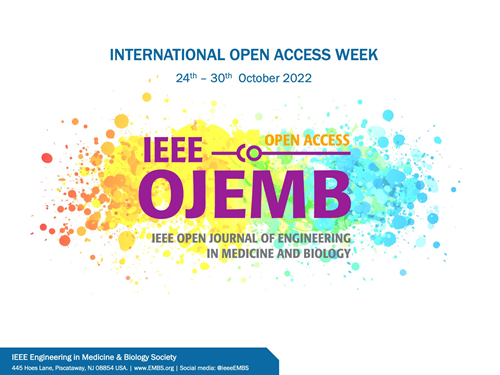A Review on Deep Learning for Quality of Life Assessment Through the Use of Wearable Data
IF 2.9
Q3 ENGINEERING, BIOMEDICAL
IEEE Open Journal of Engineering in Medicine and Biology
Pub Date : 2025-01-14
DOI:10.1109/OJEMB.2025.3526457
引用次数: 0
Abstract
Quality of Life (QoL) assessment has evolved over time, encompassing diverse aspects of human existence beyond just health. This paper presents a comprehensive review of the integration of Deep Learning (DL) techniques in QoL assessment, focusing on the analysis of wearable data. QoL, as defined by the World Health Organisation, encompasses physical, mental, and social well-being, making it a multifaceted concept. Traditional QoL assessment methods, often reliant on subjective reports or informal questioning, face challenges in quantification and standardization. To address these challenges, DL, a branch of machine learning inspired by the human brain, has emerged as a promising tool. DL models can analyze vast and complex datasets, including patient-reported outcomes, medical images, and physiological signals, enabling a deeper understanding of factors influencing an individual's QoL. Notably, wearable sensory devices have gained prominence, offering real-time data on vital signs and enabling remote healthcare monitoring. This review critically examines DL's role in QoL assessment through the use of wearable data, with particular emphasis on the subdomains of physical and psychological well-being. By synthesizing current research and identifying knowledge gaps, this review provides valuable insights for researchers, clinicians, and policymakers aiming to enhance QoL assessment with DL. Ultimately, the paper contributes to the adoption of advanced technologies to improve the well-being and QoL of individuals from diverse backgrounds.基于可穿戴数据的深度学习生活质量评估研究综述
生活质量(QoL)评估随着时间的推移而发展,涵盖了人类生存的各个方面,而不仅仅是健康。本文全面回顾了深度学习(DL)技术在生活质量评估中的集成,重点是可穿戴数据的分析。根据世界卫生组织的定义,生活质量包括身体、精神和社会福祉,是一个多方面的概念。传统的生活质量评估方法往往依赖于主观报告或非正式提问,在量化和标准化方面面临挑战。为了应对这些挑战,受人类大脑启发的机器学习分支DL已经成为一种有前途的工具。深度学习模型可以分析大量复杂的数据集,包括患者报告的结果、医学图像和生理信号,从而更深入地了解影响个人生活质量的因素。值得注意的是,可穿戴传感设备已经获得了突出的地位,可以提供有关生命体征的实时数据,并实现远程医疗监控。这篇综述通过使用可穿戴数据批判性地考察了DL在生活质量评估中的作用,特别强调了身体和心理健康的子领域。通过综合目前的研究和识别知识差距,本综述为旨在加强DL的生活质量评估的研究人员、临床医生和政策制定者提供了有价值的见解。最终,本文有助于采用先进技术来改善来自不同背景的个体的福祉和生活质量。
本文章由计算机程序翻译,如有差异,请以英文原文为准。
求助全文
约1分钟内获得全文
求助全文
来源期刊

IEEE Open Journal of Engineering in Medicine and Biology
ENGINEERING, BIOMEDICAL-
CiteScore
9.50
自引率
3.40%
发文量
20
审稿时长
10 weeks
期刊介绍:
The IEEE Open Journal of Engineering in Medicine and Biology (IEEE OJEMB) is dedicated to serving the community of innovators in medicine, technology, and the sciences, with the core goal of advancing the highest-quality interdisciplinary research between these disciplines. The journal firmly believes that the future of medicine depends on close collaboration between biology and technology, and that fostering interaction between these fields is an important way to advance key discoveries that can improve clinical care.IEEE OJEMB is a gold open access journal in which the authors retain the copyright to their papers and readers have free access to the full text and PDFs on the IEEE Xplore® Digital Library. However, authors are required to pay an article processing fee at the time their paper is accepted for publication, using to cover the cost of publication.
 求助内容:
求助内容: 应助结果提醒方式:
应助结果提醒方式:


